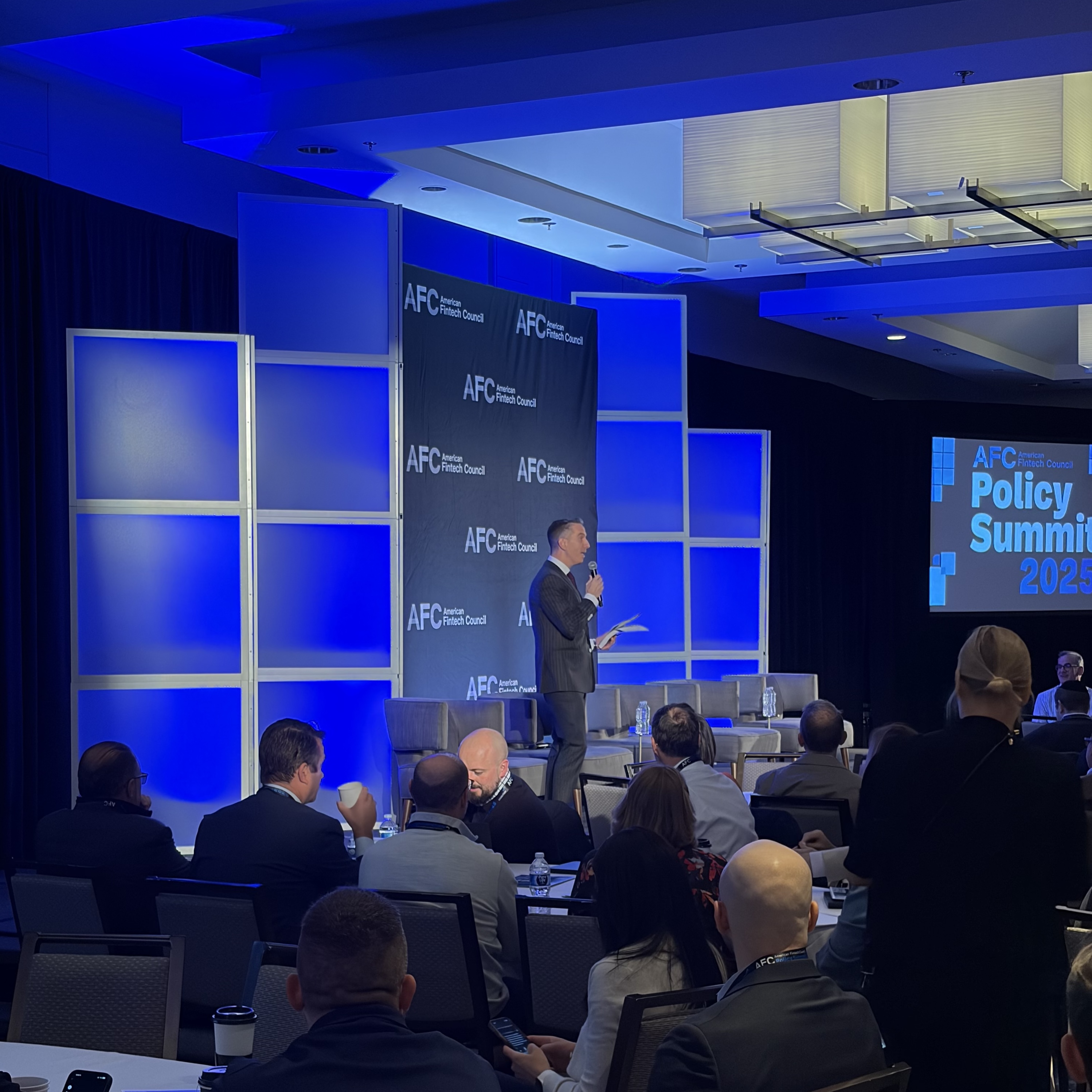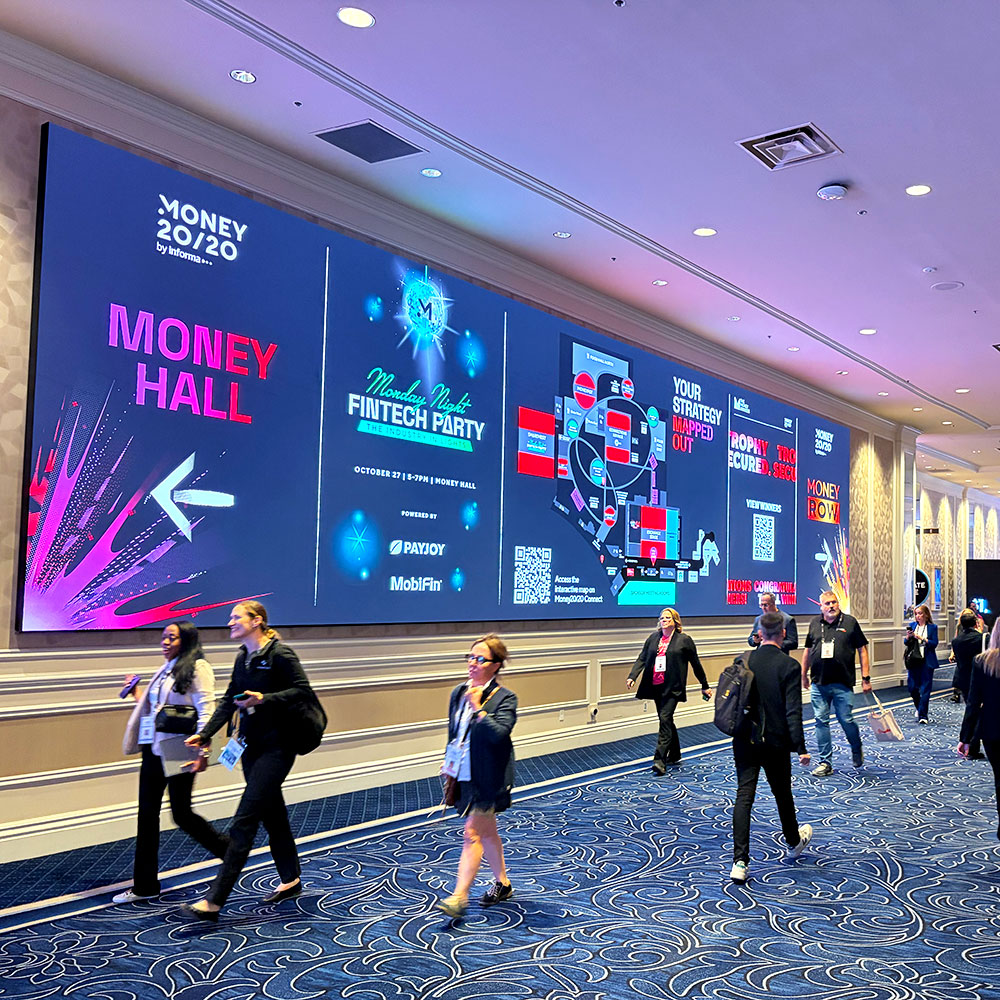
I didn’t expect a banking convention to feel like a neighborhood picnic.
In Sun Valley, Idaho, at the Utah Bankers Association’s annual meeting, the weather was perfect, the setting was stunning, but what stuck with me most was the people.
The Utah banking community is tight-knit. Many have been in the industry for decades. The moment I walked into the conference space, there were kids darting around, familiar greetings bouncing between bankers and their spouses, and planned activities for everyone alongside a business agenda.
Once things formally kicked off, the tone shifted a bit, but not too much. The sessions were structured, informative, and timely. One discussion in particular stood out: the panel on stablecoins.
Carson Lappetito of Sunwest Bank, Brooke Ybarra from the American Bankers Association, and Alex Treece of Stablecore came together to lead the conversation around stablecoins.
They discussed:
What is the GENIUS ACT and what does it mean for banks?
The GENIUS Act is the first federal legislation designed explicitly to regulate stablecoins, digital assets pegged to currencies like the U.S. dollar. It passed the Senate on June 17 and is now in the House.
The Act requires issuers to maintain full, transparent reserves to back stablecoins one-to-one, prohibits issuers from offering yield or interest on stablecoin balances to protect bank deposits, and strengthens supervision by clearly defining which entities can issue stablecoins. It also introduces mandatory monthly disclosures and annual audits for larger issuers, reinforcing financial stability and consumer protection.
Most importantly, the conversation around stable coin is still in motion and banks need to have a seat at the table to advocate for a balance between regulations and innovation with risk management, preserving their central role in the financial system.
How do leaders plan and adapt to changes in stable coin policies and regulations?
Carson offered a leadership perspective rooted in practice, speaking to what banks like his are watching for as new tech and regulation converge. He explained how teams need to be agile and leaders need to maintain relationships with industry peers and stay in the policy discussions.
Banks that proactively adapt to this technology stand to gain competitive advantages and open new revenue opportunities, positioning themselves strongly for the future of digital finance.
What are the benefits and future of stable coin?
Unlike traditional cryptocurrencies, stablecoins reduce volatility and risk by linking their value directly to stable assets, such as the U.S. dollar, offering the reliability that traditional banking clients expect.
Alex described several concrete benefits and real-world applications:
- 24/7 Payments: Stablecoins allow immediate, around-the-clock transactions, making payments faster, cheaper, and more efficient compared to traditional banking hours and processes.
- Treasury Management: Companies can streamline their liquidity management and settlement processes, reducing the delays and costs associated with traditional cross-border banking.
- Cross-Border Transfers: Stablecoins simplify international transactions by removing friction points such as currency conversion delays, reducing transaction costs, and increasing transparency.
Alex also discussed strategic options for banks. He noted that while some institutions might consider issuing their own stablecoins, there are significant costs, complexities, and regulatory hurdles involved. Instead, banks could see greater immediate benefits by supporting and integrating existing, established stablecoins like USDC. This strategy reduces upfront costs and leverages established liquidity and regulatory compliance.
What stuck with me the most wasn’t just the topic but also the composition of the room. A good chunk of the audience came from banks already active in fintech partnerships. There was momentum, and people were looking to apply what they’d heard. They were asking, “Where do we fit in this future?”
The conference reminded me that banking, at its best, is deeply relational. It’s built on trust between institutions, clients, and communities. Events like this keep that trust alive, not just through business development or regulatory updates, but by giving people space to be human together.









